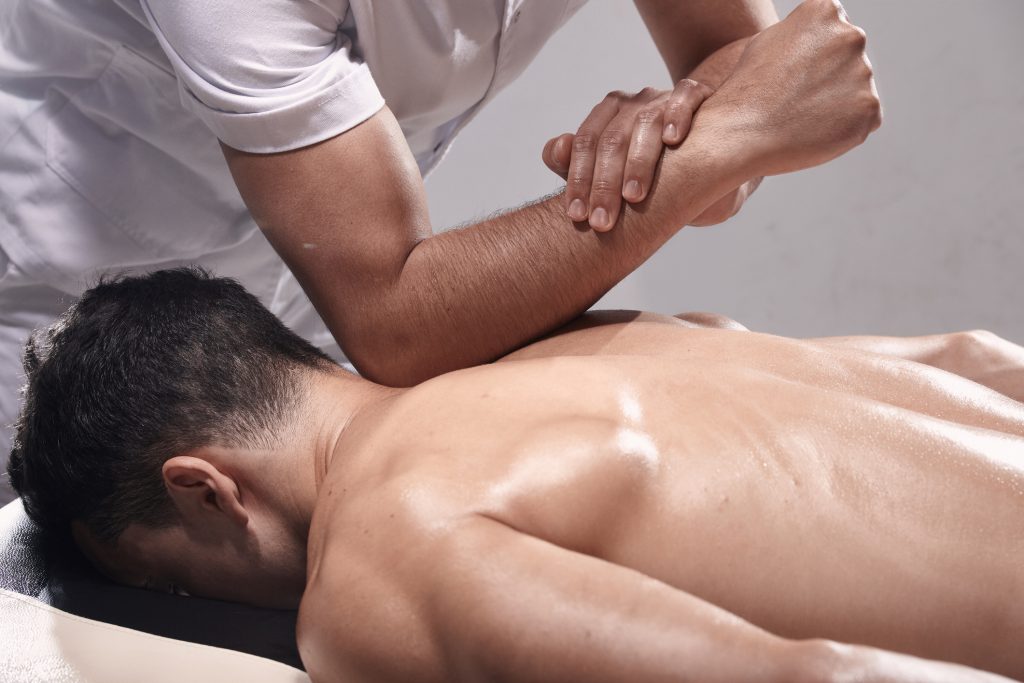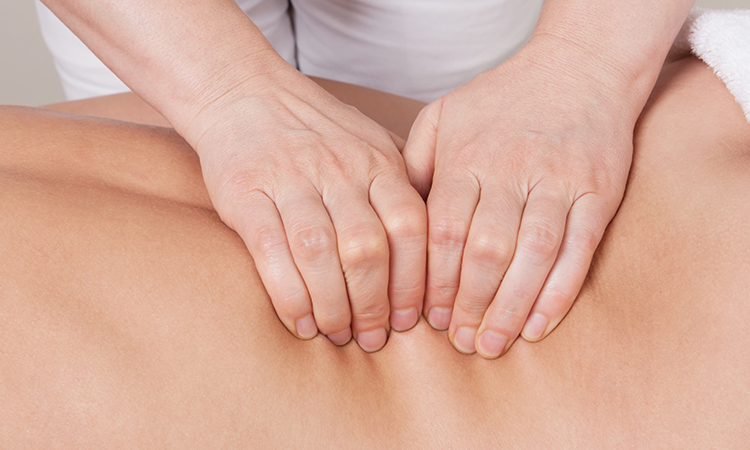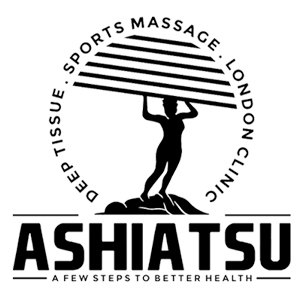Deep tissue massage is a common way to treat problems with the muscles and bones, like strains and sports injuries. The muscles in the body are stacked on top of each other. Deep tissue massage in London uses a different technique that targets the deepest layers of muscles and connective tissue.
Undoubtedly, one of the most popular kinds of massage is deep tissue massage. But what exactly is a deep tissue massage, and how is it different from a Swedish or sports massage?
Massage works on the deeper layers of muscle and tissue to relieve tension and break up any scar tissue that may have formed after an injury. It is sometimes more painful than a regular “Swedish” massage because more pressure is often needed to break things apart.

The Point Of Deep Tissue Massage:
A deep tissue massage aims to realign the deeper layers of muscle and connective tissue. It tries to get rid of chronic patterns of tension in the body by using soft strokes and deep finger pressure on tight spots. It is especially good for areas that tend to get tight and contracted, like stiff necks, low back pain, and sore shoulders.
Our deep tissue massage in London does more than just relax muscles; it also lengthens fascia, muscles, and tendons in a specific way. Improved posture, accelerated healing from injuries, increased range of motion in joints, and an overall sense of well-being are just some of the outcomes of this.
It has been scientifically proven that deep tissue massage helps alleviate pain, loosen adhesions and scar tissue, and increase range of motion and muscle efficiency. A deep tissue massage may help eliminate toxins in the muscles, loosen up tight muscles, and increase blood flow and oxygen. After a deep tissue treatment, you should drink lots of water to help your body eliminate the toxins released.

Many movements and techniques in deep tissue massage are the same as those in more traditional superficial massage. The difference is that the pressure is often put on painful or tense spots, which makes the whole thing stronger. Even though the movements are the same, the strokes are slower and more powerful.
In general, most people experience some degree of pain and discomfort at various points throughout the massage. If the pressure is too much, or if there are specific areas of discomfort, please let the therapist know. Because the session is so strict, the therapy can sometimes be very tough.
After our deep tissue massage, you might feel stiff or sore, but this should go away after a day or two. After a deep tissue massage, the massage therapist might suggest putting ice on the area that hurts.
When I have a deep tissue massage, how can I best get ready for it, and how long does it take to feel its full effects?
If it’s your first deep tissue massage, don’t eat too much before it. The day before your massage, eat light meals and don’t drink too much. If you just ate a big meal or are still digesting it, getting a deep tissue massage may be hard because of the high pressure.

For a deep tissue massage to work, you have to be calm. You should get here a little early to give yourself time to unwind and get your body ready for the session.
After getting a massage, you should drink a lot of water to help your body heal and eliminate any toxins released. If needed, your massage therapist may tell you to put colds on areas that are hurting. Because pressure is used during these sessions, there may be some sensitivity, but it’s usually not too bad, and the pain in the problem areas goes away quickly.
Deep tissue massage is a great way to take care of your health and make you feel better and remove the pain. If you have any questions about whether this technique is right for you, speak with one of our Deep Tissue Massage London trained massage therapists.


